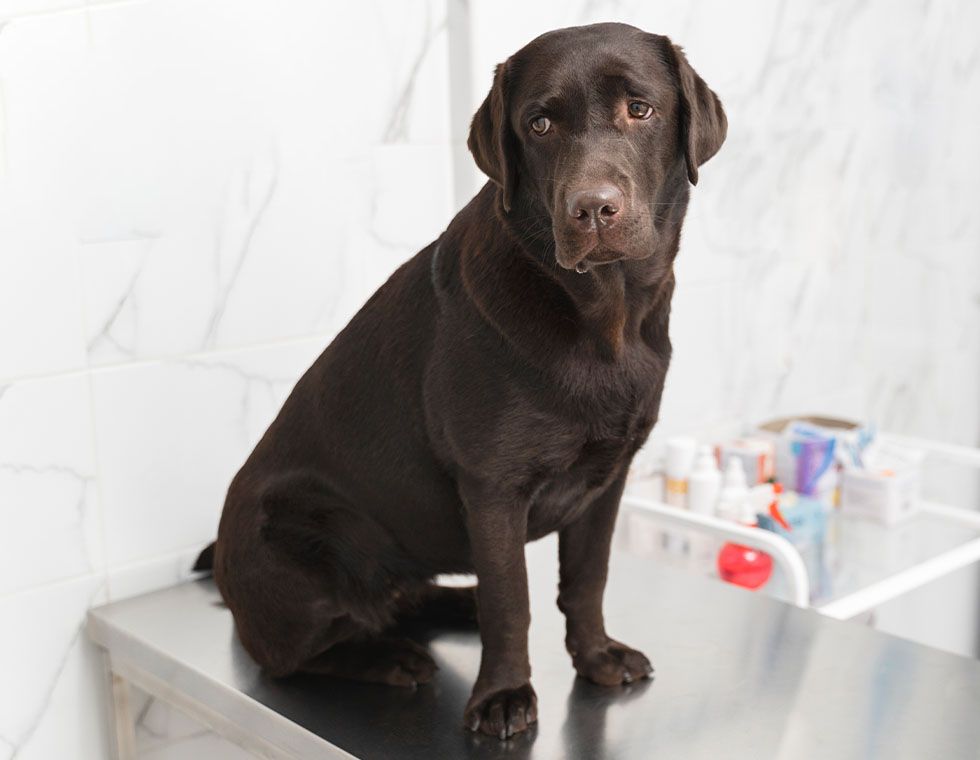- (980) 202-6767
- 1730 Matthews Township Pkwy A1, Matthews, NC 28105, USA
- Mon-Sat: 8am-8pm | Sun: 12pm-8pm
Is Your Pet Drinking More Water Than Usual — Could It Be Diabetes?
When your dog or cat suddenly starts drinking water more often than usual, it’s easy to think they’re just thirsty from a walk or playtime. However, a noticeable increase in thirst can sometimes point to an underlying health issue—one that many pet owners overlook. In Charlotte and nearby areas like Matthews, Indian Trail, Mint Hill, Ballantyne, and Pineville, where temperatures fluctuate throughout the year, recognizing what’s normal and what’s not can make all the difference for your pet’s health.
Understanding Diabetes in Pets
Diabetes in pets occurs when the body either doesn’t produce enough insulin or can’t use it effectively. This leads to higher-than-normal blood sugar levels, which can cause a variety of symptoms. Just like in humans, early detection is key to managing the condition and preventing complications.
Dogs and cats of any breed can develop diabetes, but it’s more common in older pets, those who are overweight, and certain breeds predisposed to the condition. Knowing what signs to look for helps you take quick action before the disease progresses.
Common Signs of Diabetes in Dogs and Cats
Increased thirst is often the first sign that pet owners notice. If your pet’s water bowl seems to empty faster than usual, it may be time for a closer look. But diabetes usually doesn’t stop there—other symptoms often follow.
- Excessive urination: Frequent trips outside or accidents in the house can occur because the body is trying to flush out excess sugar through urine.
- Increased appetite: Your pet may seem hungrier than ever but still lose weight.
- Weight loss: Despite eating well, pets with diabetes can lose weight as their bodies can’t properly use nutrients.
- Lethargy: A noticeable decrease in energy or reluctance to play can indicate imbalanced blood sugar.
- Cloudy eyes or vision changes (in dogs): Cataracts are a common complication of diabetes in canines.
While these symptoms can be subtle at first, they tend to progress over time. Keeping an eye on daily routines and hydration levels can help you catch warning signs early. For more information on common symptoms, visit PetMD’s guide on diabetes in pets.
Why Early Diagnosis Matters
Untreated diabetes can lead to severe complications such as dehydration, urinary tract infections, and even organ failure. However, with timely veterinary care and a consistent management plan, pets with diabetes can lead full, happy lives. Regular wellness exams and bloodwork are essential for early detection—especially for middle-aged or senior pets.
At Best Care Animal Hospital, our veterinary team provides comprehensive diagnostic testing and personalized care plans for pets throughout Charlotte, Matthews, Indian Trail, Mint Hill, Ballantyne, and Pineville. Using modern diagnostic tools, we help identify health issues like diabetes before they become life-threatening.
How Veterinarians Diagnose and Manage Pet Diabetes
If you bring your pet in with symptoms like excessive thirst, your veterinarian may recommend a combination of tests, including:
- Blood glucose testing – to determine sugar levels in the bloodstream.
- Urinalysis – to check for glucose or ketones in the urine.
- Comprehensive blood panels – to assess organ function and rule out other issues.
Once diagnosed, treatment typically includes insulin therapy, dietary adjustments, and regular monitoring. Your veterinarian will guide you through the process, showing you how to give insulin injections if necessary and how to track your pet’s progress at home.
Supporting Your Pet at Home
Managing a diabetic pet may sound overwhelming at first, but with proper guidance, it becomes part of your daily routine. Consistency is the key to success. Here are a few tips for maintaining stability:
- Feed your pet a balanced diet with controlled portions, avoiding high-sugar treats.
- Keep feeding and insulin schedules consistent every day.
- Monitor water intake and urination closely to detect changes early.
- Schedule regular veterinary checkups to monitor glucose levels and adjust treatment if needed.
Staying proactive and informed helps prevent complications and keeps your furry companion feeling their best.
If your pet has been drinking more water than usual, it’s worth a visit to Best Care Animal Hospital for a thorough evaluation. Our experienced veterinary team is here to help you uncover the cause and provide compassionate, effective care for pets across Charlotte, Matthews, Indian Trail, Mint Hill, Ballantyne, and Pineville. Don’t wait until symptoms worsen—schedule an appointment today to ensure your pet stays healthy and happy.

You’ve Come to the Right Place
High-quality veterinary care in Charlotte
Best Care Animal Hospital is your one-stop shop for exceptional veterinary services for cats and dogs in Charlotte, Matthews, Indian Trail, Mint Hill, Ballantyne, Pineville, and the surrounding areas.

Best Care Animal Hospital provides loving, high-quality veterinary care for dogs and cats in Charlotte.
Quick Links

Hours
Mon-Sat: 8am-8pm
Sunday: 12pm-8pm
Sunday: 12pm-8pm





